The 1990s saw a shift in endurance racing from Group C prototypes to GT1 cars, theoretically derived from street-legal supercars. Manufacturers like McLaren, Porsche, and Mercedes dominated the scene. In the UK, the “Privilegè GT” championship followed GT1 regulations, with smaller manufacturers like Harrier joining the fray.
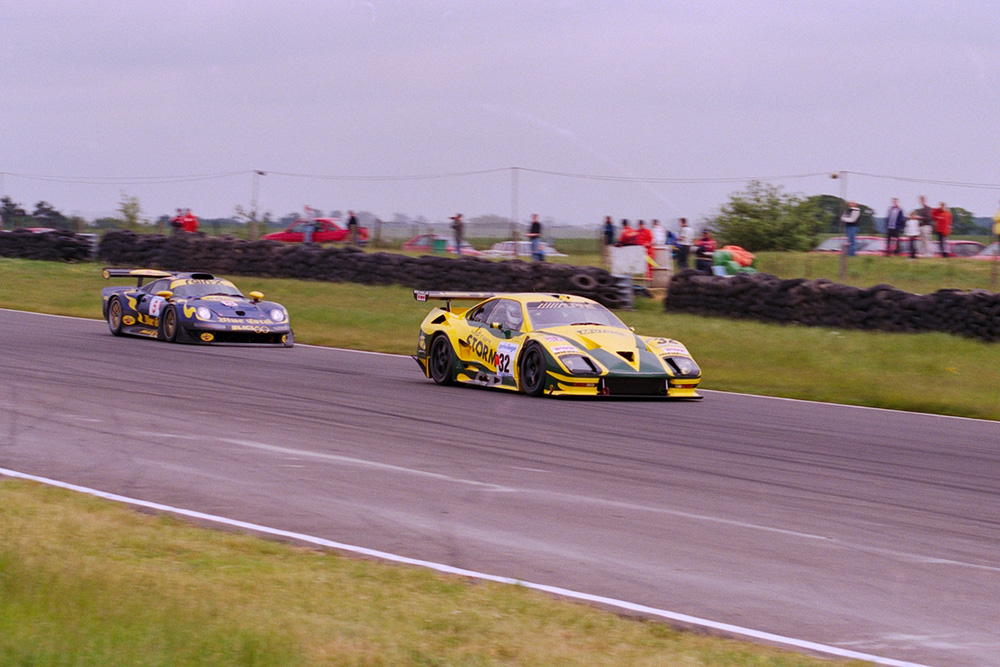
Richard Austin, owner of Evesham Micros, saw an opportunity and established Sintura Cars (an anagram for his name). Their S99, designed by Phil Bourne, boasted a carbon fiber monocoque and a powerful Judd GV4 V10 engine. While aiming to compete with established giants, the demise of GT1 in 1998 threatened the S99 before its first race.
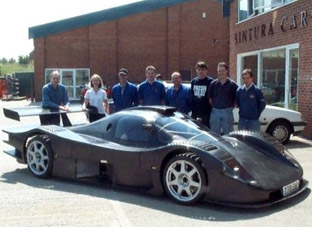
Despite this setback, the Sintura S99 saw action in 1999. It competed in the British Championship and the American Le Mans Series, showing its potential with a win at Silverstone and a competitive finish at Laguna Seca. You’ve already read about this story here.
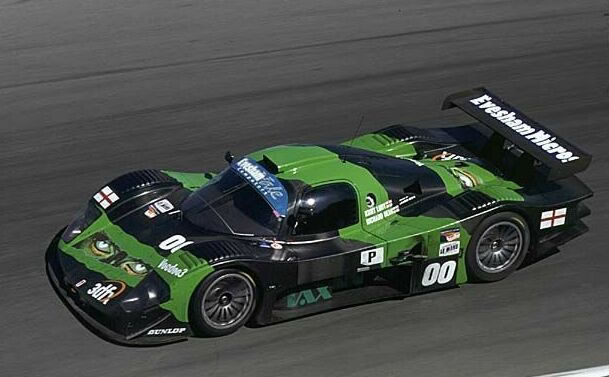
David Dicker, unaware of the S99’s history, discovered it in 2002 while searching for an ex-F1 car. Recognizing its potential, he brought it to Rodin Cars in New Zealand. Now, to celebrate the 25th anniversary of the S99, Rodin has completely reworked the car.
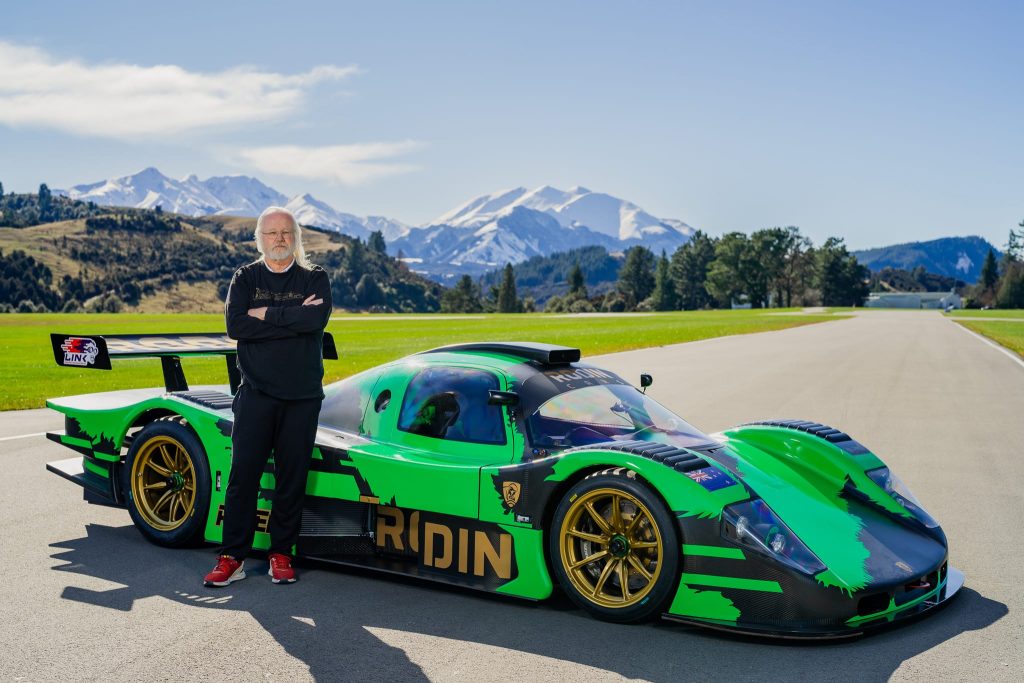
Together with the original car, a spare chassis and all the molds for the bodywork were acquired by Rodin Cars, and on the surface the car remains very close to the original car from 1999. However, under the skin the team at Rodin did a complete rework of the car in less than a year to install Rodin’s RC-Ten V10 4 Liter Naturally Aspirated engine and the paddle-shift sequential transmission from the FZED, as well as many bespoke components created by Rodin.
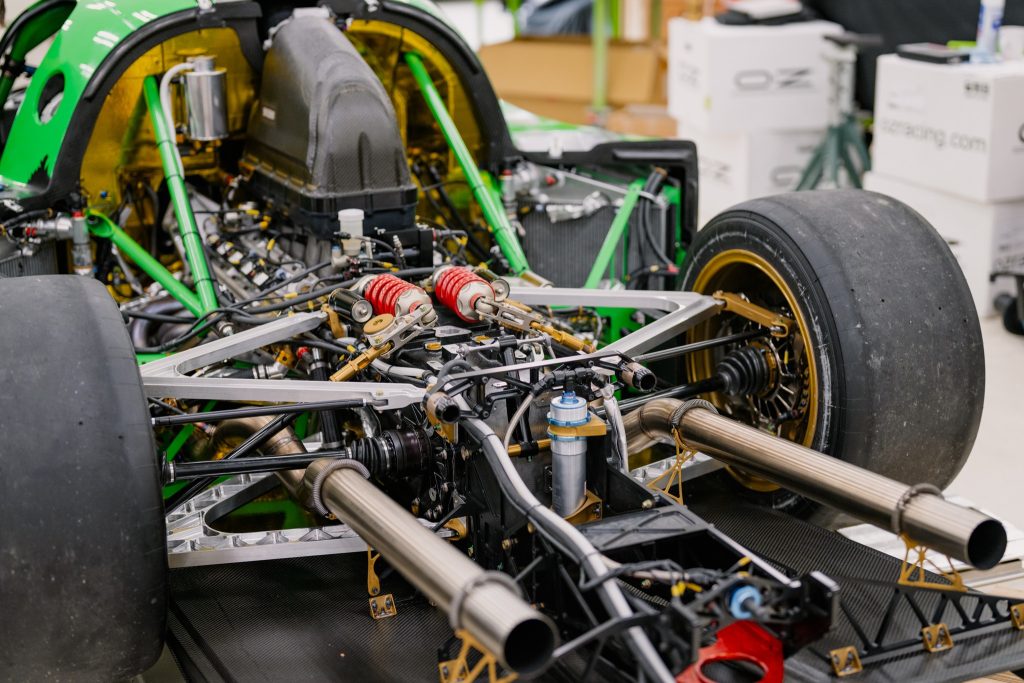
Then enters the decision to join theYokohama World Time Attack Challenge 2024, which led to a series of adaptations in order to make the car compliant to the Pro class regulations, including the shift from 11/13 inch wheels from the future production version to 11 inch all around with Yokohama A005 slicks, as per regulations.
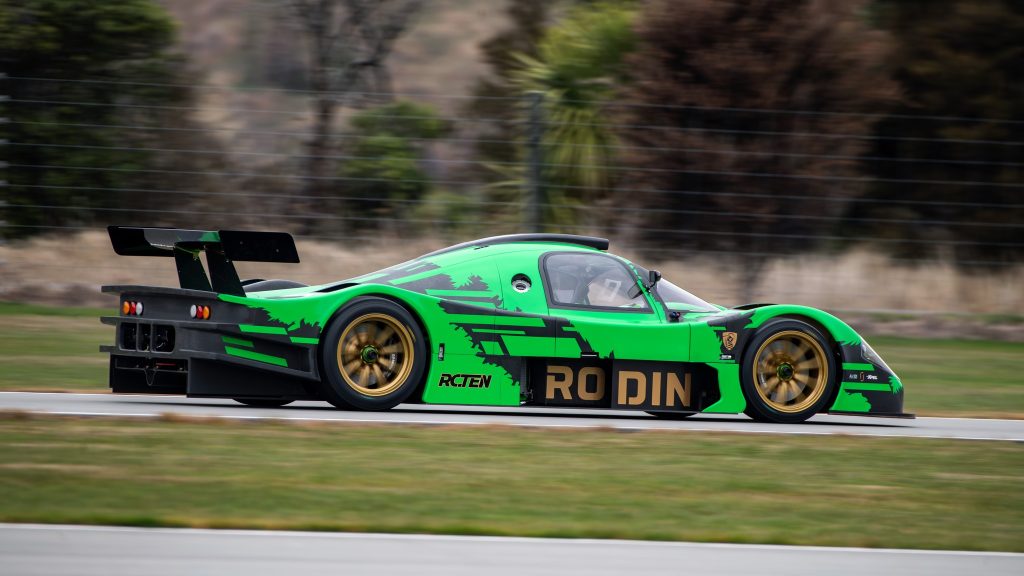
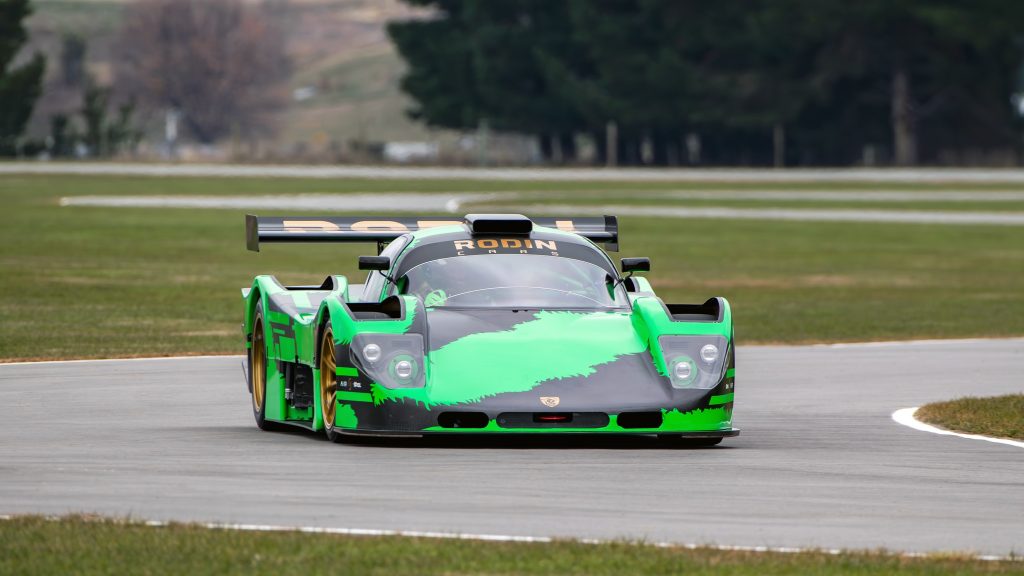
Incidentally, the eligibility of the car, declared by the WTAC organization as fully compliant with the Pro class rules, has been a topic of debate, as the regulations prohibit cars with an all-tube frame and composite monocoque, in addition to the fact that effectively no road car has been produced yet, as even in the original race the road car was actually the race car with a license plate installed. However, in the 2023 event a Ginetta G55 competed in the Pro-Am class, which in a way sets a precedent for the Sintura.

Nevertheless, the car, which will be driven by Josh Bucan, will be quite a sight with its V10 engine when racing at Sydney Motorsport Park, where the Rodin Sintura will be facing off the competition of the likes of the RP968 and Tanuki Silvia S13.
You might also be interested in:

Lister Storm GT (1999 – 2006)
After the collapse of the FIA GT1 in 1998, the Lister Storm rose to prominence with the rise of the GT2 class as the world’s premier GT class.
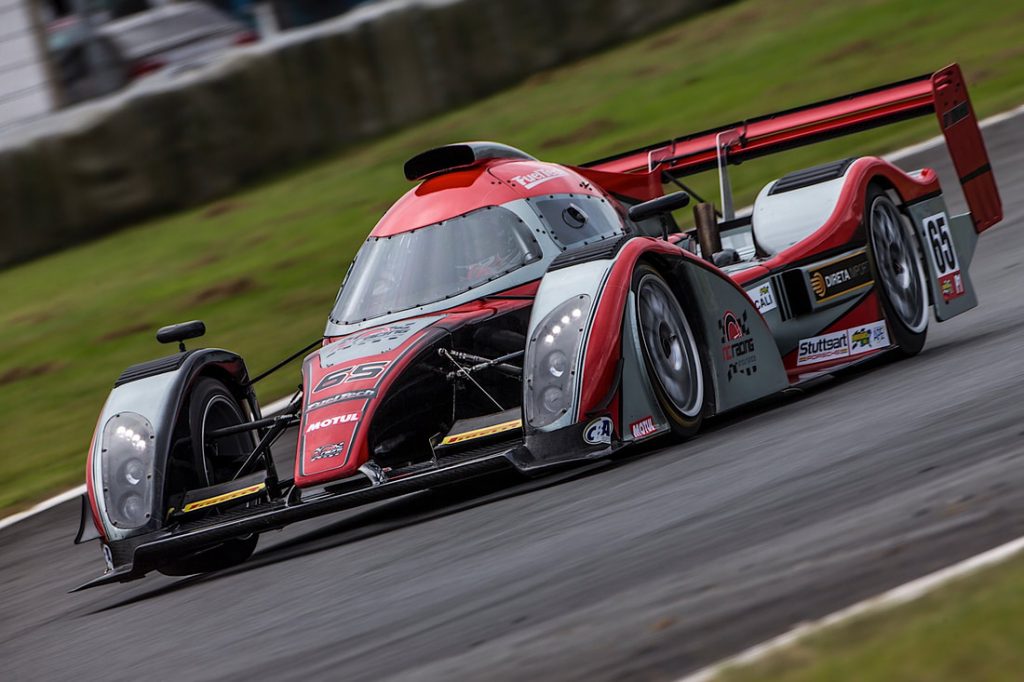
Metalmoro JLM AJR (2017 – )
Currently the fastest prototype in the country, the AJR was developed by JLM Racing, and since its debut on the tracks it has been the fastest competition car in the country, currently holding the record for national cars at Interlagos and the general record of several racetracks where it has competed.

